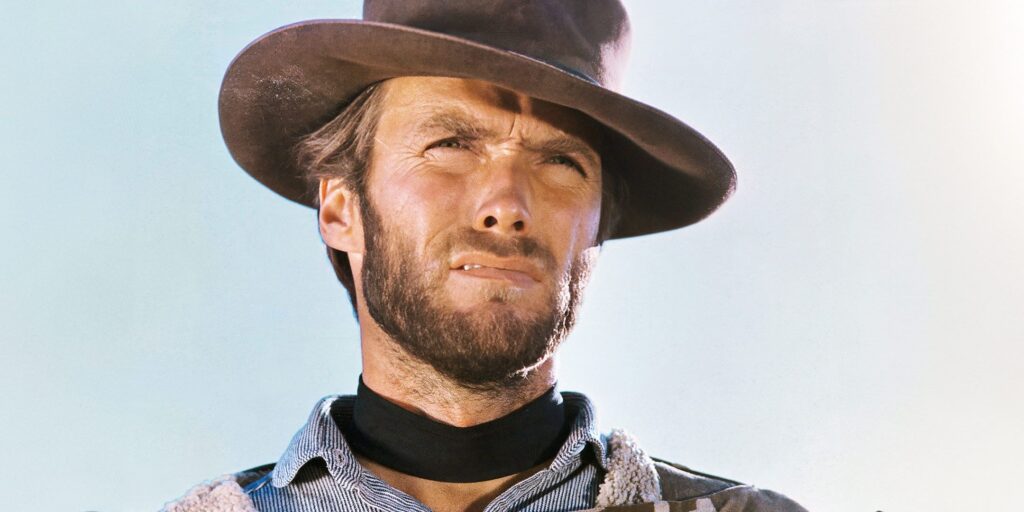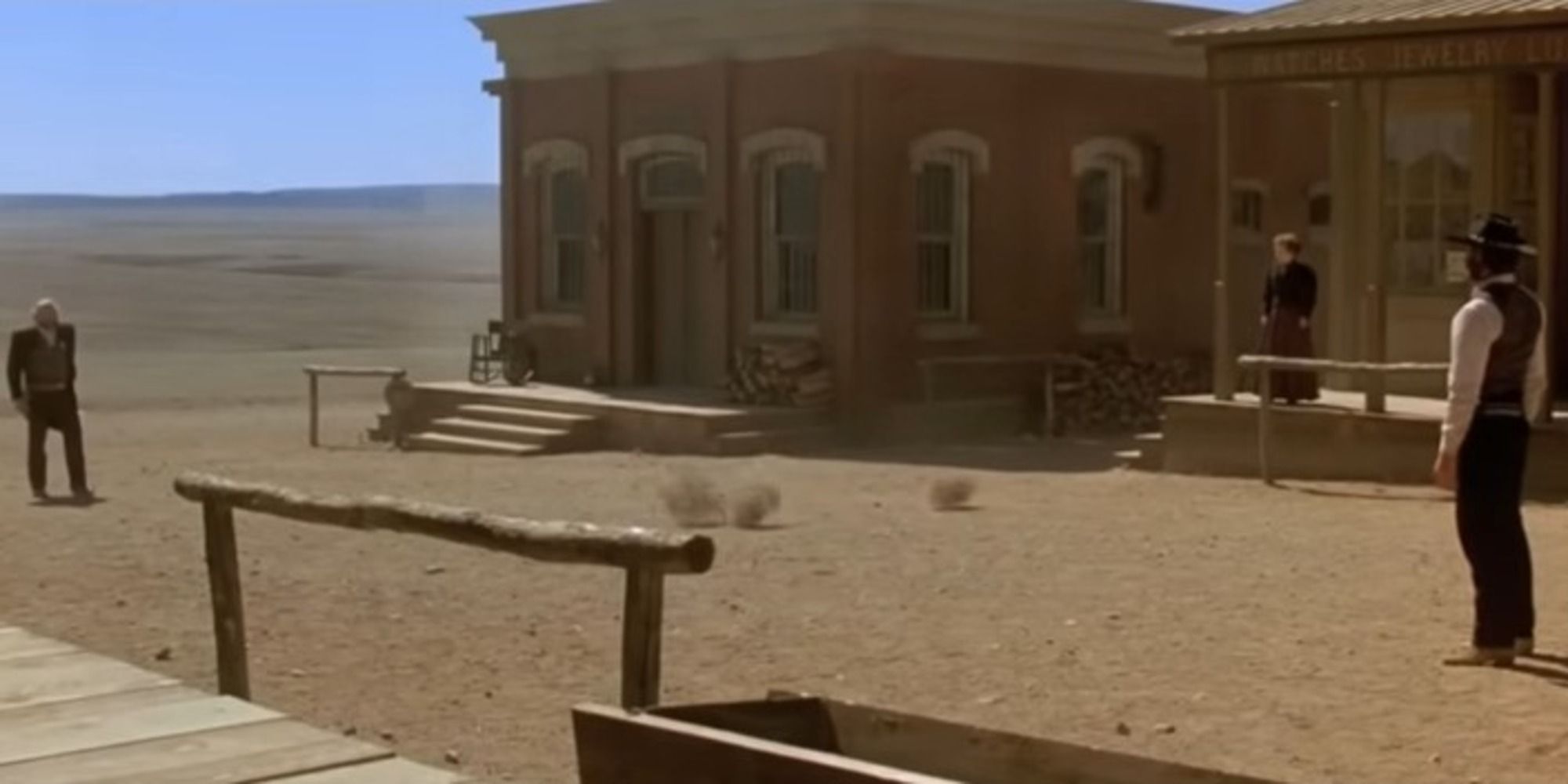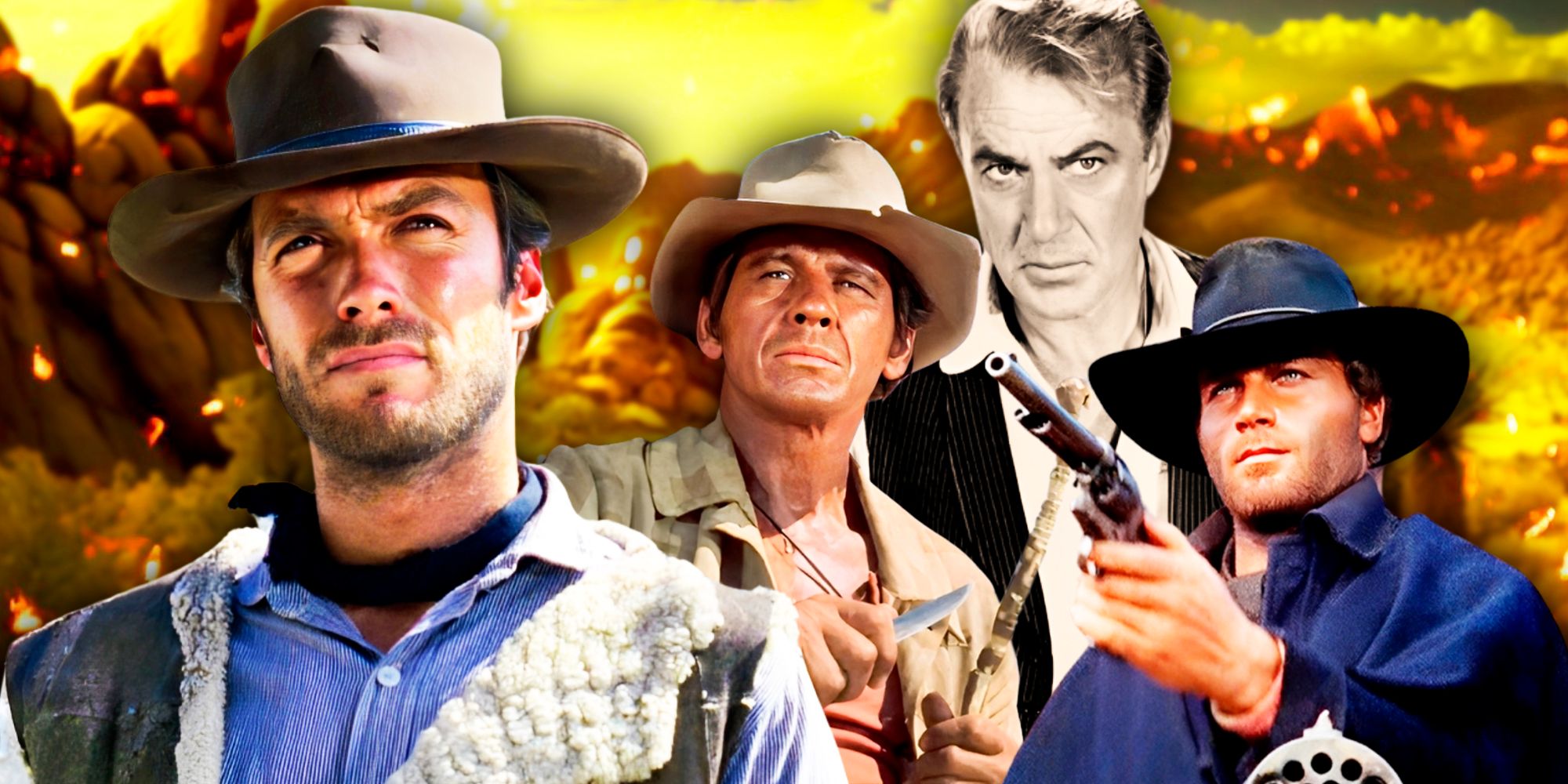The Western genre is filled with iconic movie tropes that immediately signal to viewers the lawless landscape of the Wild West. From gritty, lone-wolf outlaws facing off against bandits at high noon to over-the-top saloon brawls filled with trigger-happy gunslingers, this is a genre that’s not shy of embracing stereotypical clichés.
While certain Western tropes have their origins in real-life stories of Wild West outlaws and the genuine shootouts that took place across the American frontier, not all of these motifs were entirely factual, and some were total fabrications. These fictionalized elements helped create a romanticized view of the Wild West and contributed to the genre’s singular style and aesthetic.
Tumbleweed In Westerns Isn’t Factually Accurate
A report for BBC Global has investigated the history of tumbleweed in Western movies, and the findings shockingly revealed that this species of plant isn’t even native to the United States. Despite seeming as American as apple pie, the quintessentially Old West tumbleweed seen in most Western movies is called Russian thistle.
Dr. Judith Barroso, an agricultural scientist with Oregon State University, explained that the plant hadn’t even been introduced to the U.S. during the period that most Westerns are set. It was only during the 1870s that tumbleweed was accidentally introduced to America, likely through the transportation of flax and grain seeds.
Over the next 30 years, the humble tumbleweed dispersed across the Western United States as Russian thistle seeds mixed with the straw that was used to feed animals. As a plant that can produce tens of thousands of seeds at a time, the tumbleweed rapidly reproduces itself, and its ubiquity meant it later became a consistent trope in the Western genre.
How Tumbleweed (& Its Connotations) Became A Western Movie Staple
While the presence of tumbleweed in Western movies isn’t factually accurate for the time period, it makes sense from a symbolic point of view. As a perfect embodiment of the untamed desert landscape of the American frontier, a lone tumbleweed blowing in the wind acts as great shorthand for emptiness, isolation, and the loneliness of life in the Wild West.
Whether it’s the stylish atmosphere of a tumbleweed blowing past Clint Eastwood’s The Man with No Name in Sergio Leone’s Dollars Trilogy or it outpacing Wile E. Coyote in a Looney Tunes cartoon, this Russian plant has become a pop culture staple. This may not be the most accurate trope, but the tumbleweed captures something essential about the Western movie aesthetic.
Source: BBC



